... but I am not so "out there." This from today's news.
Just what we all need: Elon Musk and X in our heads!
Neuralink, Elon Musk’s brain implant startup, set to begin human trials
After receiving approval from an independent review board, Neuralink is set to begin offering brain implants to paralysis patients as part of the PRIME Study, the company said. PRIME, short for Precise Robotically Implanted Brain-Computer Interface, is being carried out to evaluate both the safety and functionality of the implant.
Trial patients will have a chip surgically placed in the part of the brain that controls the intention to move. The chip, installed by a robot, will then record and send brain signals to an app, with the initial goal being “to grant people the ability to control a computer cursor or keyboard using their thoughts alone,” the company wrote.
... In his new book about Neuralink’s founder, author Walter Isaacson reported that Musk was inspired by science fiction authors such as Iain Banks to pursue a “human-machine interface technology called ‘neural lace’ that is implanted into people and can connect all of their thoughts to a computer.” ...
... But employees told Reuters in December that the company is rushing to market, resulting in careless animal deaths and a federal investigation.
Neuralink did not respond to CNN’s request for comment.
https://us.cnn.com/2023/09/20/tech/m...als/index.html
After receiving approval from an independent review board, Neuralink is set to begin offering brain implants to paralysis patients as part of the PRIME Study, the company said. PRIME, short for Precise Robotically Implanted Brain-Computer Interface, is being carried out to evaluate both the safety and functionality of the implant.
Trial patients will have a chip surgically placed in the part of the brain that controls the intention to move. The chip, installed by a robot, will then record and send brain signals to an app, with the initial goal being “to grant people the ability to control a computer cursor or keyboard using their thoughts alone,” the company wrote.
... In his new book about Neuralink’s founder, author Walter Isaacson reported that Musk was inspired by science fiction authors such as Iain Banks to pursue a “human-machine interface technology called ‘neural lace’ that is implanted into people and can connect all of their thoughts to a computer.” ...
... But employees told Reuters in December that the company is rushing to market, resulting in careless animal deaths and a federal investigation.
Neuralink did not respond to CNN’s request for comment.
https://us.cnn.com/2023/09/20/tech/m...als/index.html
Gassho, J
stlah

















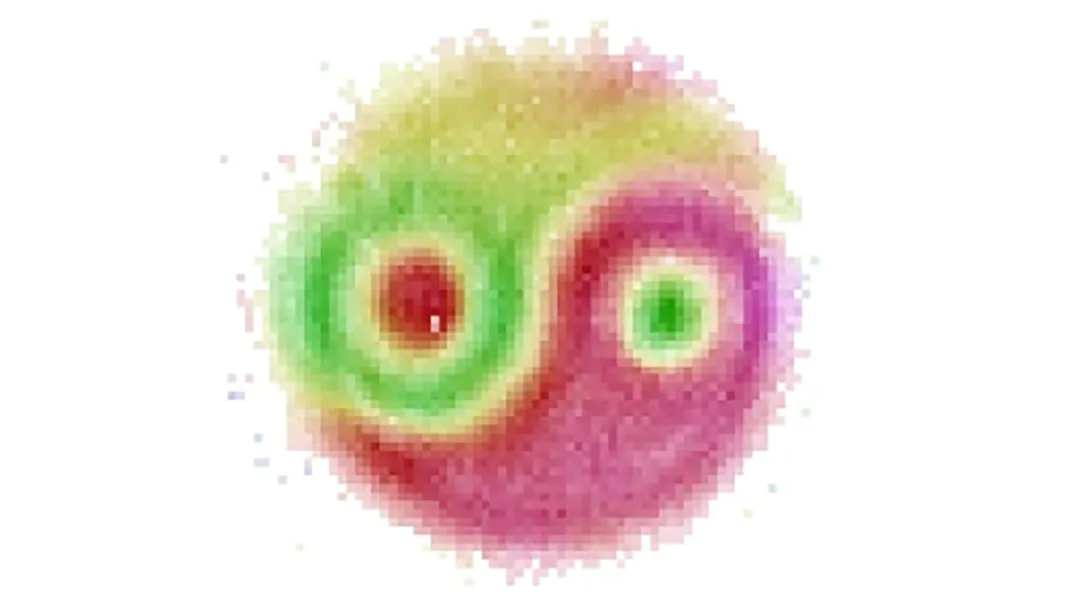








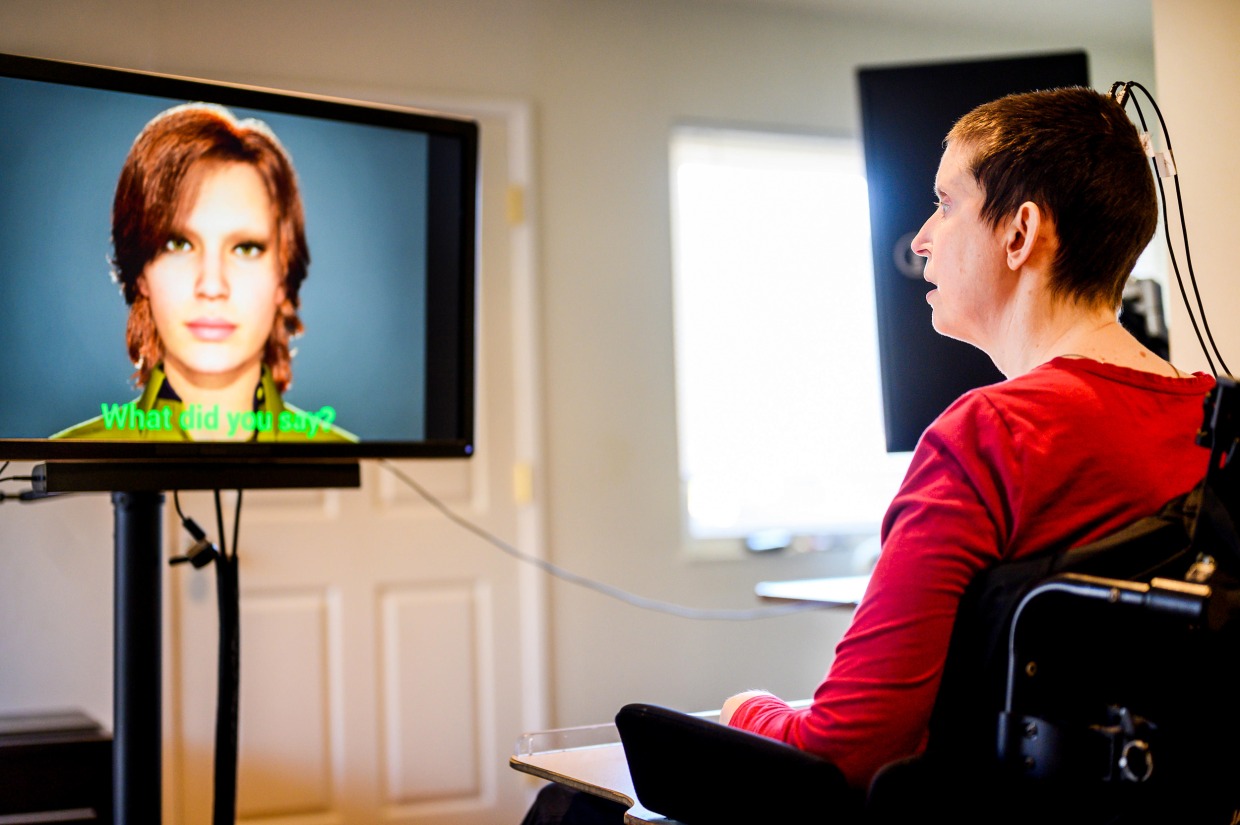





 [ATTACH=CONFIG]8674[/ATTACH]
[ATTACH=CONFIG]8674[/ATTACH]

























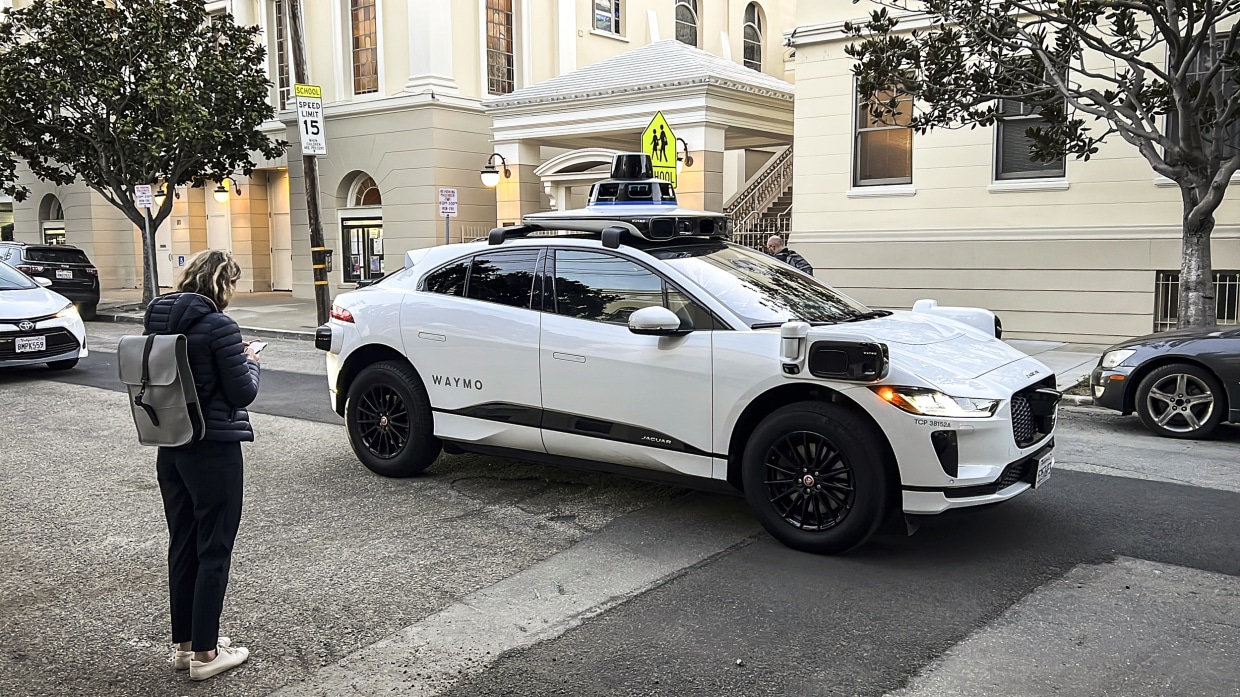















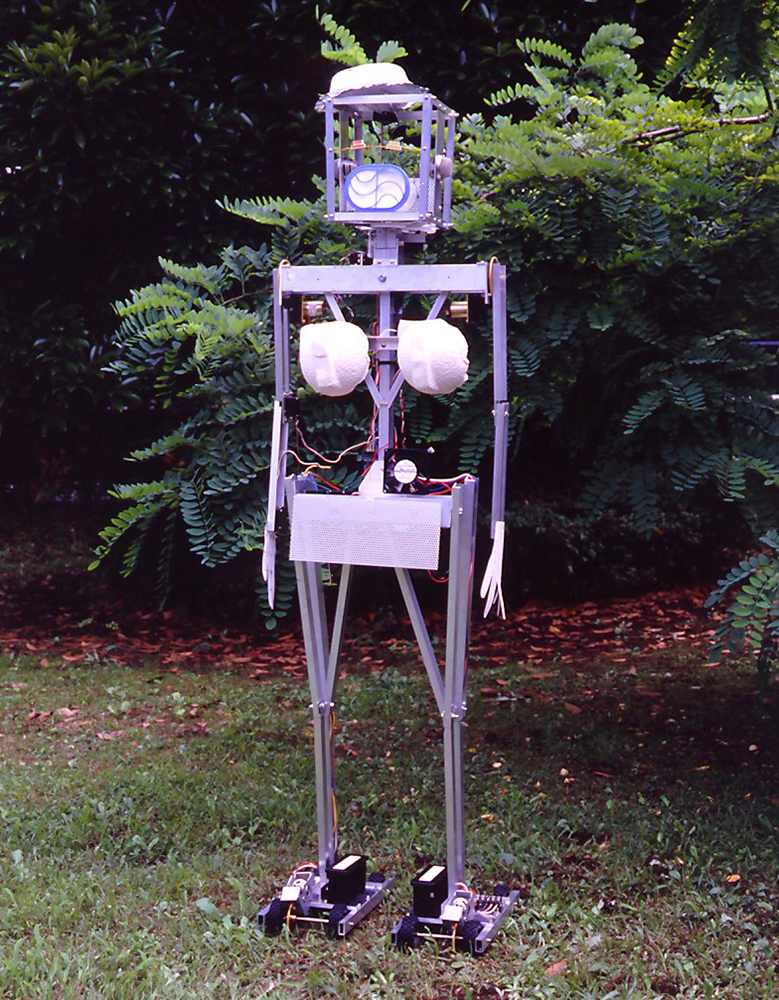
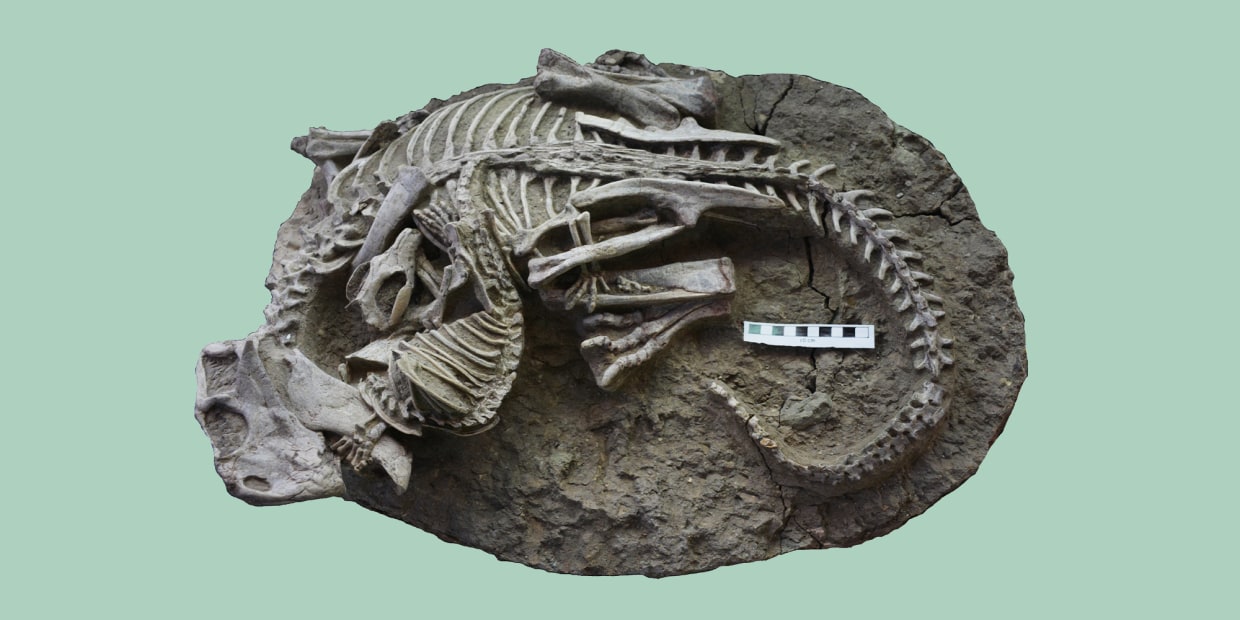


Leave a comment: